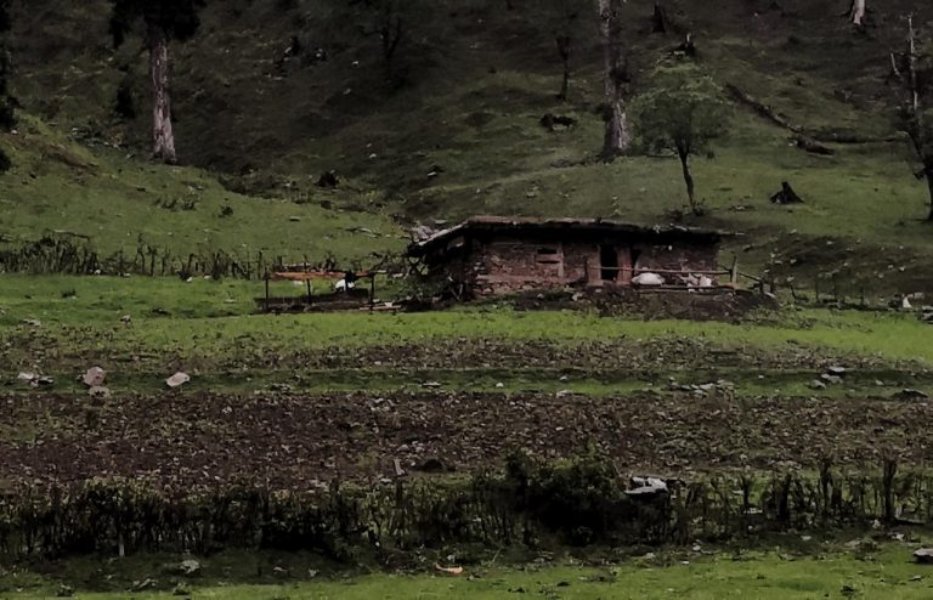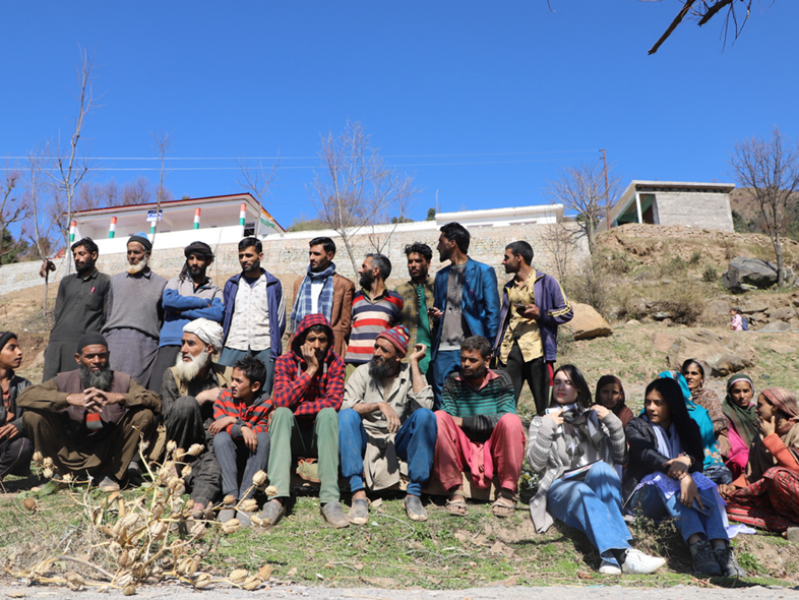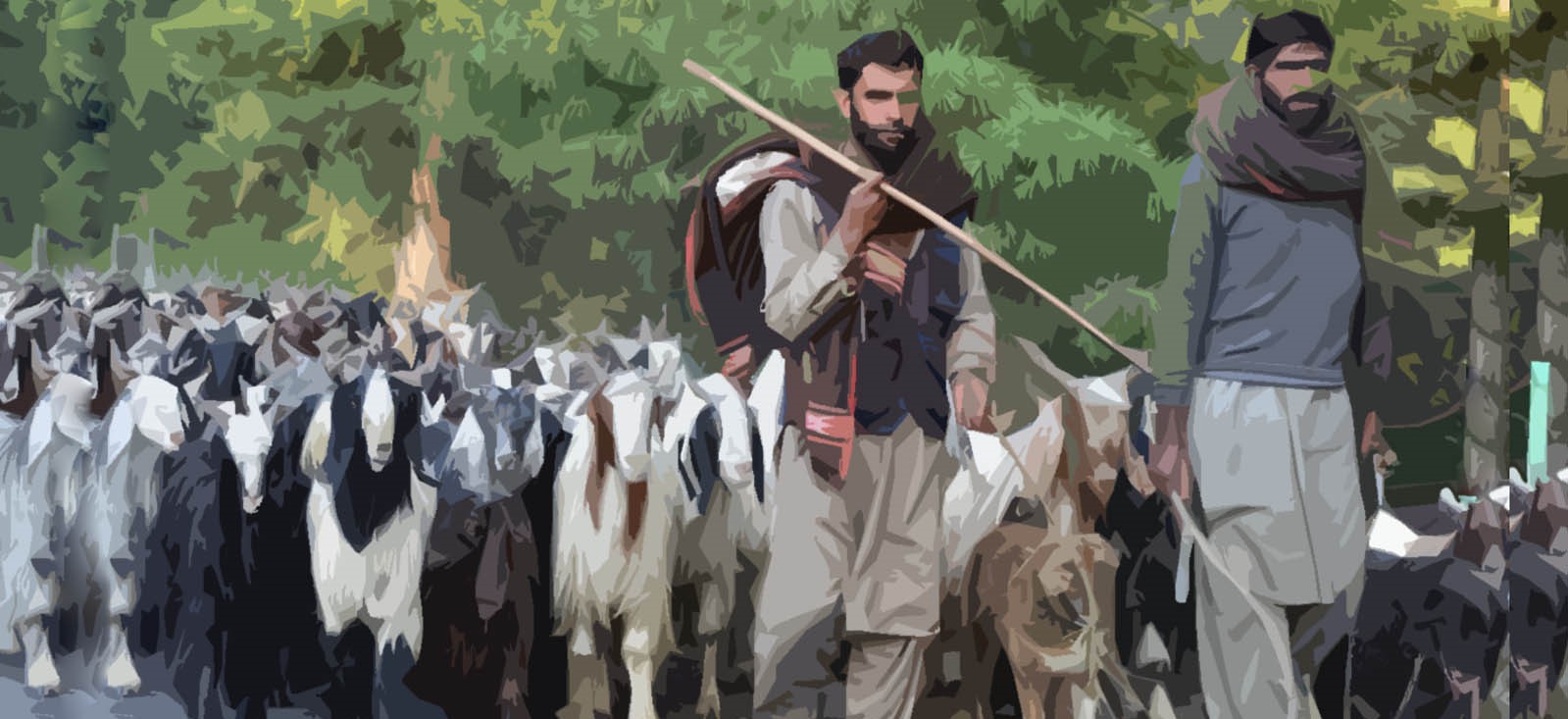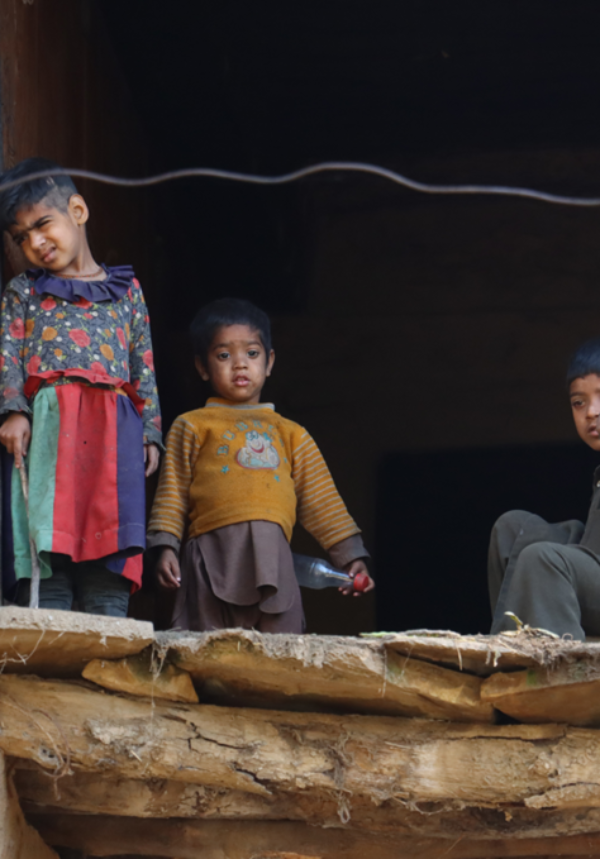
Themes
tribal ecological knowledge
Agriculture Practices by Gujjar Tribe, jammu & kashmir

The Jammu & Kashmir Gujjars mostly practice pastoral agriculture, with especial emphasis on keeping livestock, viz., cows, buffaloes, goats, and sheep. Their transhumant mode entails seasonal movement between the lower Pir-Panjal and Shivalik hill slopes in winter and moving to high alpine grasslands in the summer for good grazing. Their dairy output, consisting of milk, ghee, kaladi, and butter, is crucial to their economy. Yet, they are confronted by limited market outlets, absence of refrigeration, and increasing fodder prices, which impact their capacity to maintain their agricultural activities, closely interdependent on the area's natural resources and seasonal mobility patterns.
Gujjars of Jammu and Kashmir have diverse concepts of their origin. Some consider them as people who migrated into India from outside in several routes, while some others consider the community as indigenous. The Arabic word "Gujjar" also has a number of interpretations, such as literally; in some cases, it traces back the word to "Gauzar, which means fighter in Persian or connects with the groups of earlier tribes, i.e., the Khizir Arabs. Historian believes that the Gujjar settled because of the political-religious-environmental factors in many areas of Jammu and Kashmir from their original migration sources in Gujarat, Rajasthan, and even Georgia. Despite all those hypotheses, they are generally accepted as a fighter and pastoral community with rich culture.


The continuation of tradition among the Gujjar is significant in their culture. They have survived the onslaught of dominant power over centuries. After all that, forced into assimilation and cultural erasure, Gujjars have still been able to maintain their existence as people distinctively through oral traditions and folklore, and their natural inclination towards pastoralism. Their cattle-based lifestyle has formed the agrarian economy and cultural milieu of the area, along with their practice of raising animals. Consistent oppression is what they expose by which they prove to the world that they have agency and have their traditions, languages, and practices as part of their identity.
The Gujjars of Jammu and Kashmir have many challenges, from an inability to communicate with the administration to lack of education facilities, adequate shelter, and economic eases. The nomadic tribes suffer a lot due to lack of access to medical care, threats to livestock, and harassment in the form of land encroachment and cattle smuggling charges. Besides these factors, early marriages, unemployment, and limited awareness of modern advancements contribute to their challenges. The interventions of government schemes like mobile schools and infrastructure development cannot resolve this; a more thorough approach is needed toward their living conditions and well-being.


The Gujjar communities in Jammu and Kashmir are augmenting their traditional practices with modern technological advances. Some of them are seasonal migration, indigenous livestock breeds maintenance, and outside livelihoods, such as tourism and handicrafts. Major initiatives include mobile veterinary units, skill development for youth, producer companies for livestock products, and documentation of herding activities. Alongside this, inclusion of transhumance in veterinary curricula preserves forever cultural practices, bringing in their long-term sustainability.

